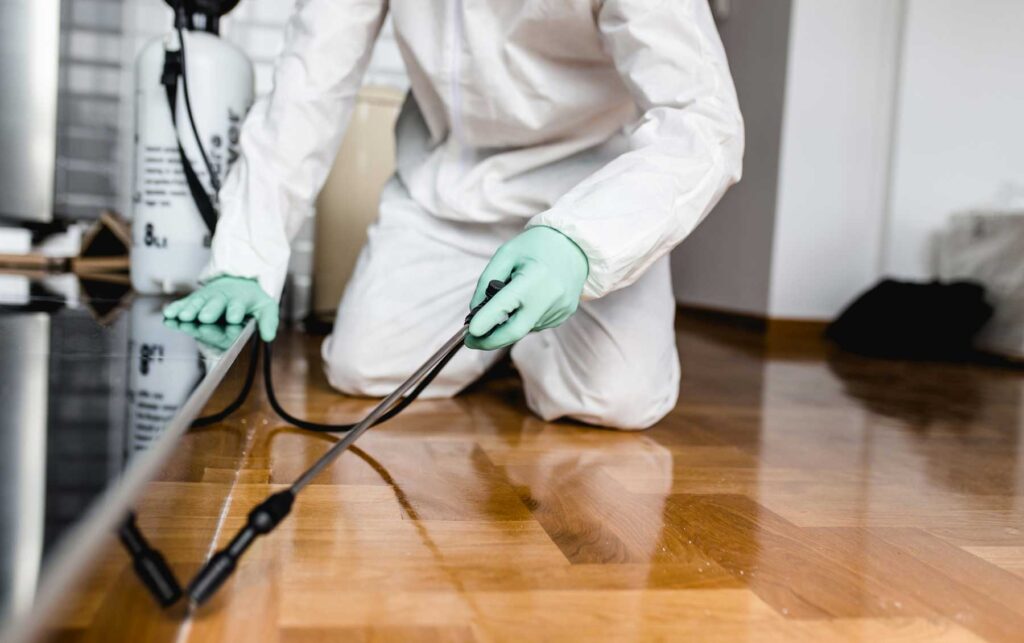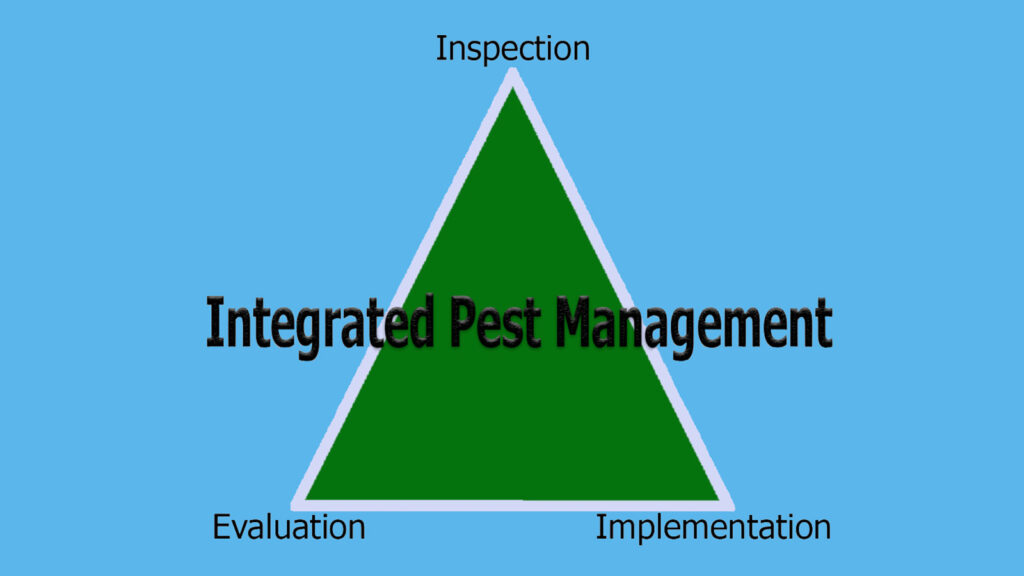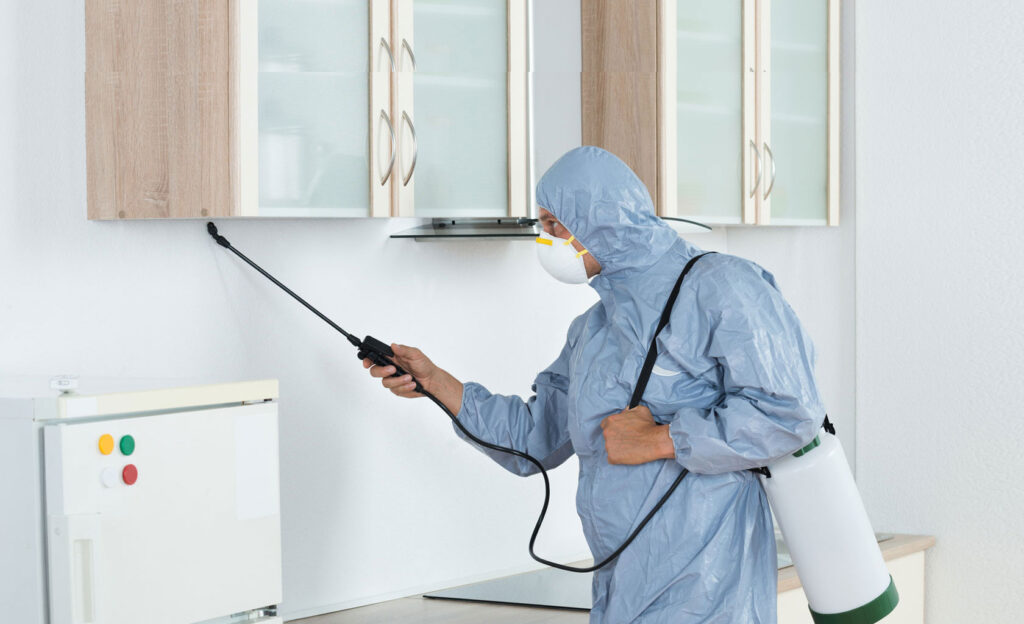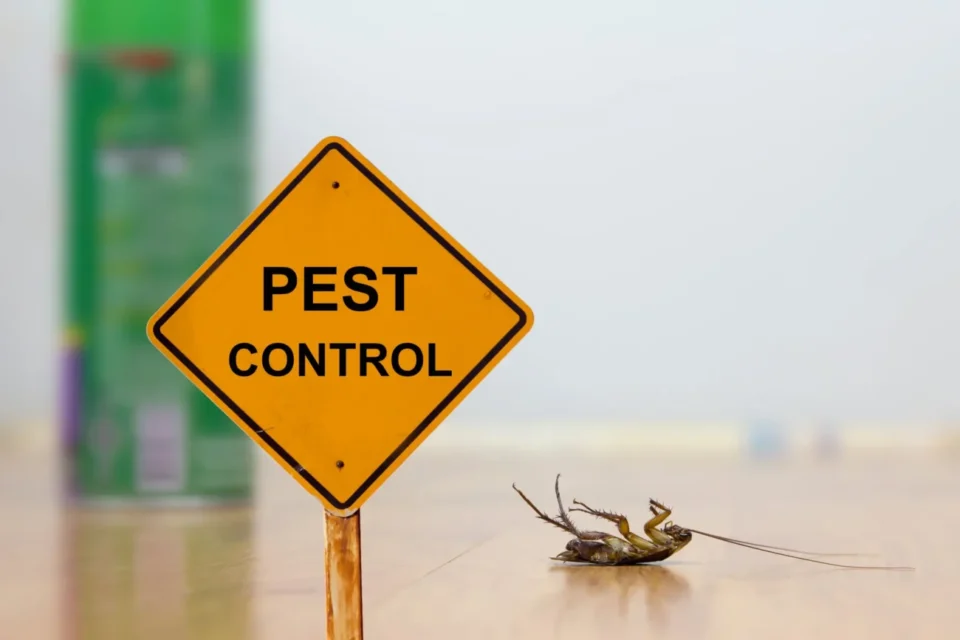Pests are unwelcome guests that can wreak havoc in our homes, causing damage to property, spreading diseases, and creating a general sense of unease. From tiny ants to pesky mosquitoes, they come in various shapes and sizes, and each requires a tailored approach to manage effectively.
Whether you prefer natural remedies or rely on chemical control methods, this article will provide valuable insights into prevention, identification, and eradication strategies, ensuring a pest-free environment for you and your family.
Seeking Professional Help

While there are numerous do-it-yourself methods available, certain situations may require the expertise of a professional pest control service. These experts have the knowledge, experience, and specialized equipment to tackle severe infestations effectively.
One scenario that warrants professional intervention is when the pest infestation poses a risk to your health or safety. For example, if you’re dealing with a severe rodent infestation that could potentially contaminate food or cause structural damage to your home, it’s crucial to call in the experts. Additionally, if you’ve tried multiple DIY methods without success or if the infestation keeps recurring, it’s an indication that professional assistance is necessary.
Another situation where professional help is beneficial is when dealing with pests that are difficult to control or eliminate, such as bed bugs or termites. These pests often require specialized treatment methods that are best handled by professionals. They have access to stronger, more effective insecticides and can implement targeted techniques to eradicate these stubborn pests.
Lastly, if you’re concerned about the potential health risks associated with pesticide use, a pest control expert can offer advice on alternative methods and ensure the safe and responsible application of chemicals, minimizing any potential harm to you, your family, and the environment.
If you want to know when is the best time of year to hire pest control services click here.
Prevention and Maintenance
Prevention is the first line of defense against pests, and creating a pest-free environment requires a proactive approach. Start by ensuring your home is properly sealed to prevent animals from entering. Seal any cracks and gaps in walls, floors, and windows, as these provide entry points for insects and rodents. Install door sweeps and repair damaged screens to keep out flies, mosquitoes, and other flying insects.
Additionally, keep your living spaces clean and free of clutter, as pests thrive in dirty, cluttered areas. Regularly clean up food debris, wipe down surfaces, and store food in airtight containers. Dispose of garbage promptly and ensure trash cans have tight-fitting lids. Properly maintaining your yard is also crucial in preventing pests. Trim bushes and trees away from your home to eliminate easy access points, and remove any standing water to deter mosquitoes from breeding.
Integrated Pest Management (IPM) Strategies

IPM is a holistic approach to pest control that emphasizes prevention, monitoring, and the use of multiple control methods. The goal of IPM is to manage pests in the most effective and environmentally responsible way, minimizing the reliance on chemical treatments. The first step in IPM is to identify the pest and assess the extent of the problem. Then, implement preventive measures such as sealing entry points and removing food and water sources. Physical controls, such as traps and barriers, can be used to capture or deter animals.
Biological controls involve introducing natural predators or parasites to control pest populations. For example, ladybugs can be introduced to control aphids in gardens. Cultural controls focus on modifying the environment to make it less favorable for pests. This can include altering watering and fertilization practices to discourage pest infestations
If all else fails, chemical controls can be used as a last resort, with careful consideration for the health and safety of humans and the environment. IPM promotes the use of the least toxic chemicals and encourages targeted applications rather than widespread spraying. Regular monitoring and evaluation are vital components of IPM to assess the effectiveness of control measures and make adjustments as needed.
Natural and Organic Methods
For those seeking natural and organic alternatives to chemical pest control, numerous methods are available. One popular approach is the use of botanical insecticides derived from plants, such as neem oil, pyrethrum, or garlic extract. These products target specific animals and pose minimal risk to humans and the environment when used as directed.
Another natural method is the introduction of beneficial insects, also known as biological control agents, which prey on pests. For instance, lacewings and ladybugs feed on aphids, while nematodes attack soil-dwelling insects like grubs and larvae.
Physical barriers, such as nets or row covers, can be employed to protect plants from insects, while traps and pheromone baits can be used to lure and capture rodents. Additionally, practicing good gardening habits, such as proper plant spacing, regular pruning, and adequate watering, can promote healthy plants that are more resistant to pests. Organic methods may require more time and effort, but they provide a safer and more sustainable approach to managing pests in your home.
Chemical Control: Safe and Responsible Usage

When using chemical solutions, it’s important to prioritize safety and responsible usage. Start by reading and following the instructions on the product label carefully. Wear protective clothing, gloves, and a mask to minimize exposure to the chemicals. Avoid applying pesticides on windy days to prevent drift and potential harm to non-target organisms. Always store chemicals in their original containers, out of reach of children and pets, and dispose of empty containers appropriately.
Managing Specific Species
Let’s explore some common infestations and effective methods to manage them.
- Cockroaches: Keep your home clean and free of food debris, seal cracks and crevices, and use cockroach baits or gels in areas of infestation. Consider professional help for severe infestations.
- Ants: Remove food sources, seal entry points, and use ant baits or non-toxic deterrents. Follow ant trails to locate and eliminate their nests, if possible.
- Mosquitoes: Eliminate standing water where mosquitoes breed, use mosquito repellents or screens on doors and windows, and consider using mosquito traps or natural larvicides.
- Termites: Regularly inspect for signs of termite damage, address moisture issues, and consult a professional for termite treatments such as baiting or soil treatments.
- Bed bugs: Wash bedding in hot water, vacuum thoroughly, and use bed bug mattress encasements. Consider professional heat treatments or insecticide applications for severe infestations.
- Rodents: Seal entry points, remove food and water sources, and use snap traps or live traps. Consult a professional for extensive rodent infestations.
Conclusion

Although pests can be an annoying nuisance, it is possible to reduce their presence in your home through effective management techniques. By implementing the right combination of prevention and elimination methods, you can help keep your home free from unwanted animals for good. With a little effort and know-how, you should be able to manage any problems that may arise related to pests in your home.

